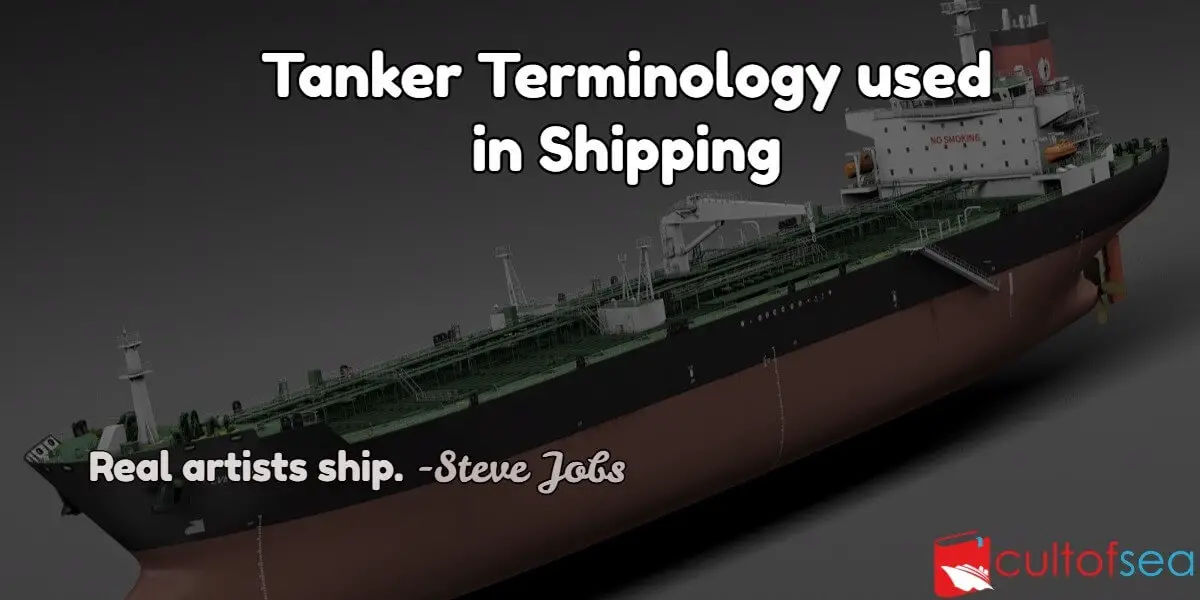Tanker Terminology Anti-static additiveA substance added to a petroleum product to raise its electrical conductivity to a safe level above 50 picoSiemens/metre (pS/m) to prevent accumulation of static electricity. Auto-ignitionThe ignition of a combustible material without initiation by a spark or flame, when the material has been raised to a temperature at which self-sustaining combustion occurs. BondingThe connecting together of metal parts to ensure electrical continuity. Brush dischargeA brush discharge is a diffuse discharge from a single blunt … [Read more...]
